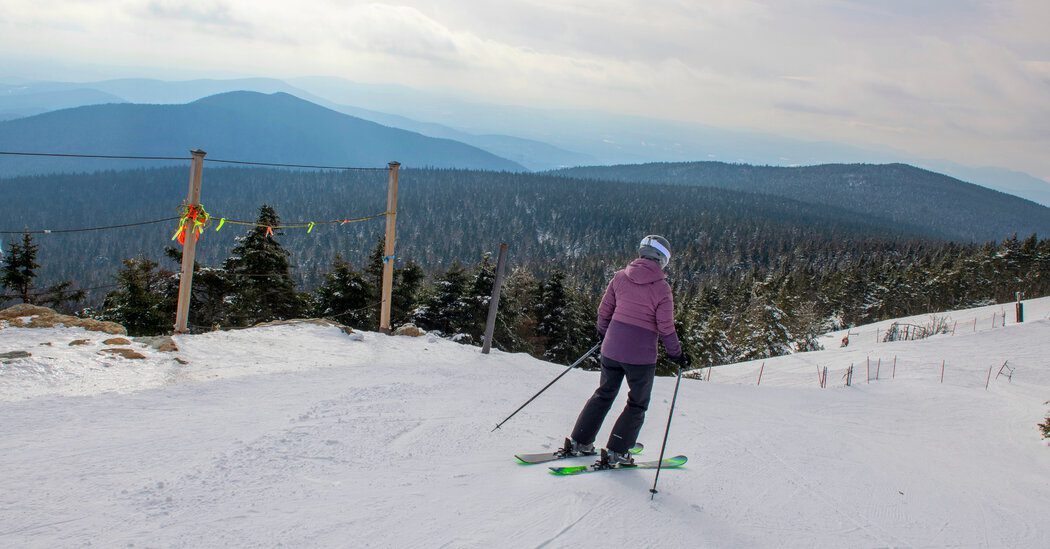Despite a mediocre snow season last year, the Northeast measured more than 13 million skier visits, its strongest showing in eight years. Much of that interest was driven, no doubt, by the increasing use of multi-mountain passes, with skiers and boarders enjoying late-season snowfall as well as recent snow-making and infrastructure investments.
There are more upgrades this coming season, as resorts from New York to Maine bristle with new chairlifts, more efficient snow guns, renovated midslope restaurants and more. Here is a guide to the year’s most notable ski resort enhancements in the Northeastern United States.
Vermont
Ski resorts pepper Vermont’s hills and mountains, from one-lift operations like Brattleboro Ski Hill to Killington, with 1,509 skiable acres across six peaks. Vermont’s topography — lots of terrain near 4,000 feet — creates the best snow conditions in the East, as does its geography: a northern mountain ridge running parallel to Lake Champlain hosts the state’s highest peaks and the East’s snowiest resorts: Stowe, Smugglers’ Notch and Jay Peak, all of which average about 300 inches of snowfall per winter.
But even in Vermont, snow-making has become imperative. In its northern reaches, Burke Mountain has invested in new pipes and increased water pressure to upgrade its snow-making, as has Mad River Glen, whose co-op bylaws allow snow-making only on the lower 700 feet of the mountain’s 2,037-foot vertical drop. (The bylaws are an effort to preserve what the ski area calls “one of the last bastions of natural snow skiing in New England.”)
The snow-making upgrades in Vermont and elsewhere are being made with an eye toward climate change, to be sure, but they also include more efficient pumps and snow guns, said Bryan Rivard, director of communications at the trade association Ski Vermont. “The target of doing things more efficiently checks both boxes of being better for the environment and better for business.”
The two Colorado-based resort conglomerates, Vail and Alterra, acquired many of the East’s best-known mountains in recent years and are using multi-mountain-pass sales to shore up snow-making at these eastern properties. Sugarbush, owned by Alterra, will spend $12.6 million in the 12 months beginning in August of this year, upgrading its operations, including $3 million on snow-making and a new quad lift. The lift, replacing the Heaven’s Gate triple, will be less susceptible to wind shutdowns.
In southern…
Click Here to Read the Full Original Article at NYT > Travel…
